Piston Slap: High Profile Rubber, Lube With Real Silicone Spray?

Bill writes:
Hi Sajeev,
{the usual crap about long time reader, first time poster} I know you just answered a few emails about tire / tire size, but this has been sitting in my drafts folder for a while (the efficient side of me), I’m going to send it off before you answer more questions about tires..
My first question to you was ORIGINALLY about my now departed ’97 Volvo 850 a few months back when you were asking for more questions, but I answered my own question after reaching 3 pages of problems and issues. So I traded it in, more or less at scrap value, for a ’09 Lexus GS450h which came with a nice set of performance summer tires at 245/40R18. And as they say, winter is coming, and I’d be foolish to drive a RWD with summer tires north of the 49th. I’m planning to run 2 sets of rims + tire, got my eyes on some not so shinny Nokian “Hakkapelitaeraerfdaf?” R2 tires, but they are $300 a pop at that size.
If I can minus size to 225/50R17, I’d save $40 per tire, 17″ rims are cheaper than 18″s, have more rubber for potholes, and something about skinnier tires dig deeper into the snow. For some odd reason, none of the Canadian online retailers list 225/50R17 as an option for my car. It’s odd since the base GS350 rolls on 225/50R17. The dealership down the street also only want to sell me 18″ tires. However, as far as I can tell, the GS350 and the GS450h have the same part numbers for the caliper and rotor, so if one can take a 17″ rim, both should be able to? To add to the mystery, TireRack in the US thinks 17″ will fit just fine. Unless the Canadian spec GS450h has a different rotor, I don’t understand how everyone in Canada could be wrong.
Since it’s in my nature to be efficient (lazy), I’d like to order the rims online (and I guess better selections). I guess my 2 questions are:
Should I minus size?
Thanks,
Oh, sorry, I lied, 3rd question: Speed rating, does it matter? Do I need to match the speed rating on my winter tires with the rating on the OEM tires?
Sajeev answers:
1. Of course you should minus size! 92.3% of the people reading this should! Unless you really like the look of the factory 18″ wheels, or larger wheels in general. Everything gets better with the rubber-to-wheel ratio of that 225/50/17 for most applications and user demands.
2. Your part number analysis proves they will. If the rotor was bigger and the caliper was a different size…well they aren’t, they are gonna fit.
3. Tire speed rating is a red herring for 98.4% of you readers: have you noticed the lowest speed rating for passenger cars (i.e. not trailers and spare tires) is 112 mph? When was the last time you felt the need to spend the night in jail, son? Especially on winter tires supposedly driven in winter conditions? Instead focus on tire quality via UTQG ratings.
Bill amends:
Hi Sajeev,
So I got lucky and my other toyota rolls on 17″ rim so I did a quick swap and confirmed tirerack is correct and 17″ fit just fine. Now I got another question, reading an earlier post of yours, “ In Praise of the 2005 Honda CR-V“, I was going to lube up the rubber weatherstripping with silicon spray. When I started reading the label on the can I got scared by the warning, something about containing perchloroethylene and paraffinic petroleum. As far as I know [from using some other non automative product], petroleum based lube breaks down latex rubber. My google-fu is not strong enough to find out if those two chemicals are rubber safe or not, so does it matter what brand of spray I use? Are there any other lube related wisdoms you’d like to share? Thanks,
~Bill
Sajeev concludes:
You should get a non petroleum silicone spray, also known as “food grade.” And no, not to lube the food, it’s for industrial machinery coming in contact with food.
I thought this stuff was also commonly found at auto parts stores, but perhaps those use petroleum-based chemical as a propellant? And maybe perhaps the “spray it in a Styrofoam cup and see if the cup melts” test is a good idea. I wonder how bad a not-100% pure silicone spray is for rubber parts, it’ll certainly do better than WD-40 or similar.
No matter, find food-grade silicone lube if this is a big concern. It should spray on easy (as opposed to rubber bushing safe greases in a tub) like the petroleum-based stuff, and you’ll never worry about it melting your rubber.
[Image: Shutterstock user m.mphoto]
Send your queries to sajeev@thetruthaboutcars.com. Spare no details and ask for a speedy resolution if you’re in a hurry…but be realistic, and use your make/model specific forums instead of TTAC for more timely advice.

More by Sajeev Mehta
Latest Car Reviews
Read moreLatest Product Reviews
Read moreRecent Comments
- Kwik_Shift_Pro4X I wonder if Fiat would pull off old world Italian charm full of well intentioned stereotypes.
- Chelsea I actually used to work for this guy
- SaulTigh Saw my first Cybertruck last weekend. Looked like a kit car...not an even panel to be seen.
- GregLocock Bear in mind this is purely a branding exercise and has no significant input from AM. Buying one of these is like buying a Pink Floyd T shirt, no Dave and Nick didn't personally sew it up for you.
- Lou_BC This is the sort of thing that lands 15 billion dollar Honda investments in Canada. One political party tries to undo everything the other one has done.



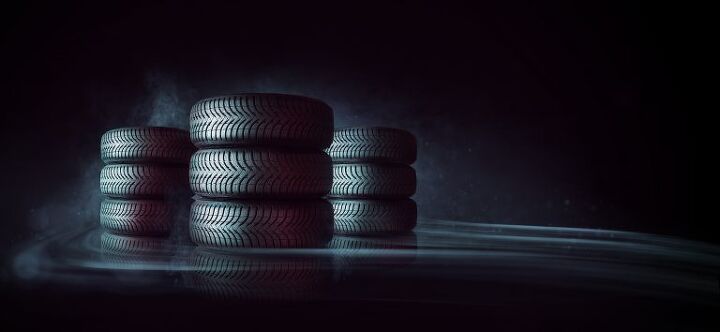















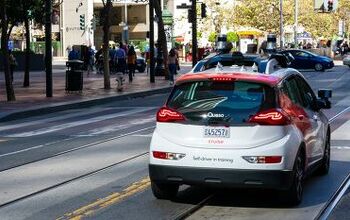


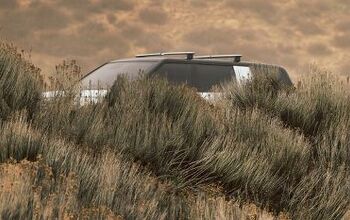

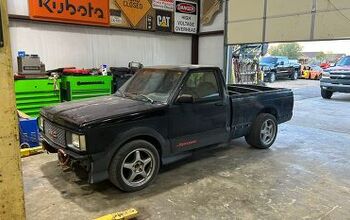
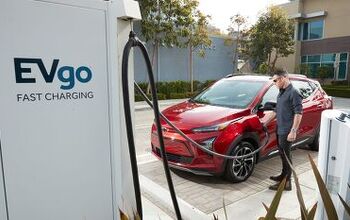
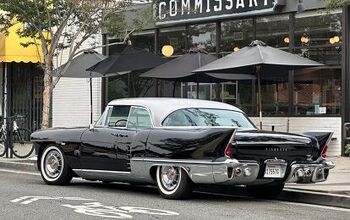
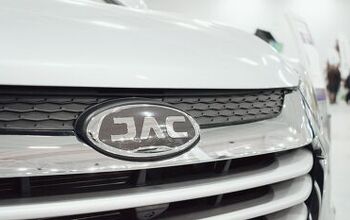

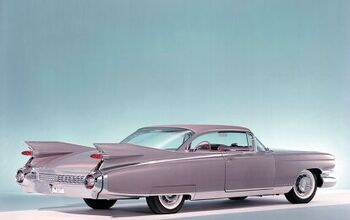

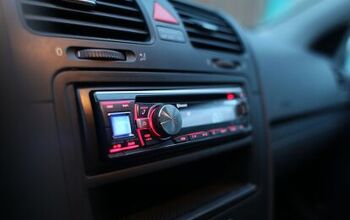

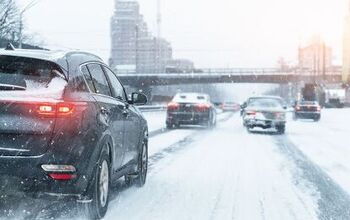
Comments
Join the conversation
Bill doesn't say which part of Canada he lives in, but unless he's in Vancouver or Toronto, I'd stay away from the performance winter tire category and go with a true winter tire. The gap in performance when conditions deteriorate is quite enormous. I switched from my Michelin Pilot Alpin PA2's to the X-Ice XI2's when I couldn't tolerate the lack of ice and snow traction anymore, even though I still had 8/32" left. The Primacy Alpin PA3's on our FWD has traction mid-way between the other 2 tires, but they're relatively noisy. I also keep a pair of steel traction aids in the trunk of my RWD daily driver. I'm ashamed to say I've used it at least 10 times in the last month, almost all of it to get out of my parking spot. It's so rusted and bent that I'll probably buy a new set rather than hammer out and repaint these ones again. The plastic ones don't work: they shoot out rather than dig into the ice and snow. BTW, I never understood the appeal of summer tires unless you drive 9/10ths regularly on public roads, and will put up with faster tread wear. Last time I checked, there are few parts of the continental US that could be guaranteed free of snowfall. I consider it the ultimate compromise tire, in which the all-season tire was invented to solve for the majority of the buying public.
Keep in mind that tire width also contributes to pothole protection and ride quality, that tread width relative to section width (the measured width value) decreases as the s*dewall height increases, and that a wider tire than 225 may be more appropriate for whatever 17" wheels you find. Also you can certainly go a bit bigger in tire diameter for even more road isolation and protection. 235/50R17 and 245/50R17 are worth cons*deration. The tread of the 245 is still a half inch narrower than your stock tires, and they aren't terribly wide relative to the mass of the vehicle. 225/55R17 is another viable option. Speed rating is only relevant if you'll be using them at high speed in hot weather. Expect mushier handling with a lower speed rating, but the handling will be mushy regardless due to the tall, flexible tread design anyway. The winter tires with high speed ratings are more like all-seasons with some extra siping. They're not serious winter tires despite passing the basic test required to achieve the snowflake rating.